After the liberation,before the POWs was sent back to Soviet, they had made all the graveyards into nice memorials over their fallen friends.
In the years after the war these places was often visited by people from the Soviet Union, and as we entered the Cold War these visitors was looked at with growing suspicion as many of the old POW camps lay close to military installations.
The operation was given the name "Operation Asphalt", after the paper/asphalt bags used as bodybags, and it began the autumn 1951. It was attempted to do the operation as secretive as possible for not to upset anyone,specially the local populations. Naturally people got very upset when the nicely cared for monuments started to be blown up and graveyards emptied in a rush. When people got news about it they got angry.They looked at it as desecration. The digger teams got armed protection in fear of attacks from the locals. Non of the protests was heard, and by October more than 8000 bodies had been exhumed and transported on a ship going south along the Norwegian coast.
The work itself had been a horrible affair for anyone involved. The bodies was only partly rotted and dissolved and they was placed in thin asphalt covered paper bags,which soon began to dissolve. The workers pay was increased several times and lots of alcohol was given to the workers.
In Mo i Rana,south of the Polar Circle the ship and its exhumers met such a large group of angry people that they left with the job undone, and it is one of the few places in Northern Norway where the original Soviet POW gravesites is intact.
After much deliberation the government settled for a site for the new graveyard. The choice had fallen on a small remote place out by the coast, Tjøtta. In November 1944 the ship M/S Rigel sunk with ca 2500 Soviet POWs outside Tjøtta so it was a natural site to choose.
In1953 part one of Tjøtta cemetery opened. 7551 POWs had been reburied, but only 826 had been identified by name. These nameplates was at some point removed and stoved away in a farm building,until they was re-discovered in 2005. After much work there is now ca 4800 names added, and placed on the wall around the cemetery. The work to fill in the missing ones goes on.
Part two of the cemetery was opened in 1970 and there lies 1011 of the POWs who went down with M/S Rigel.
R.I.P
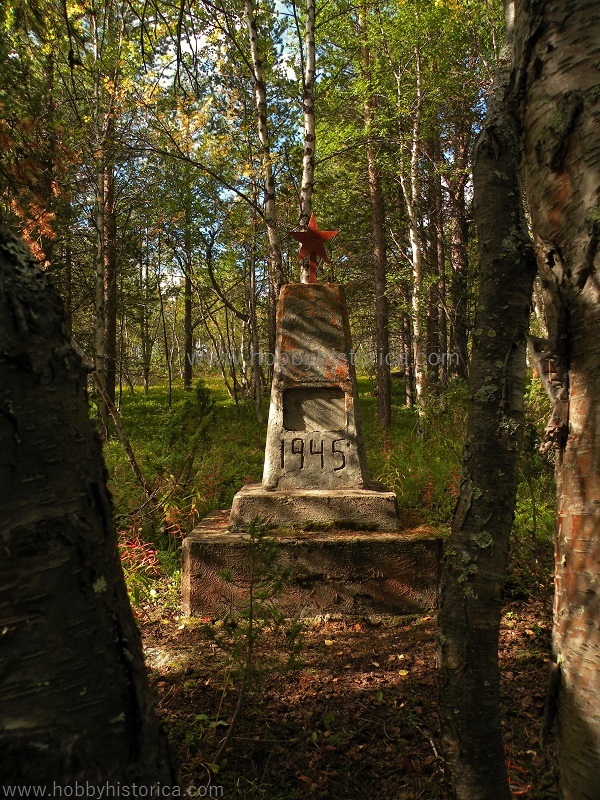
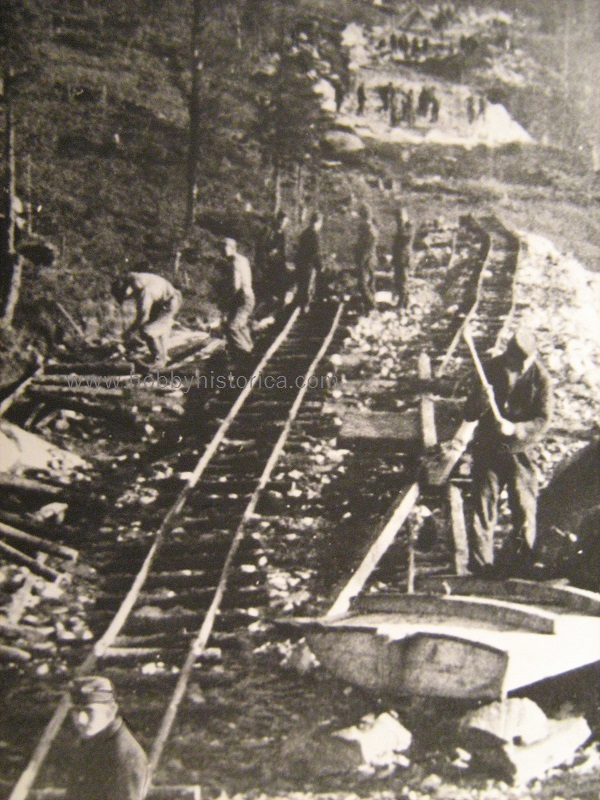
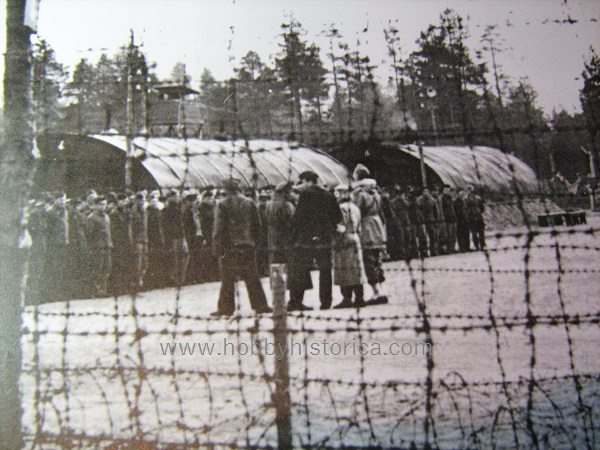
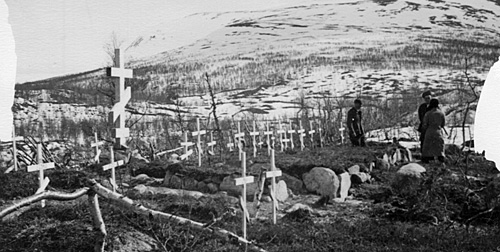
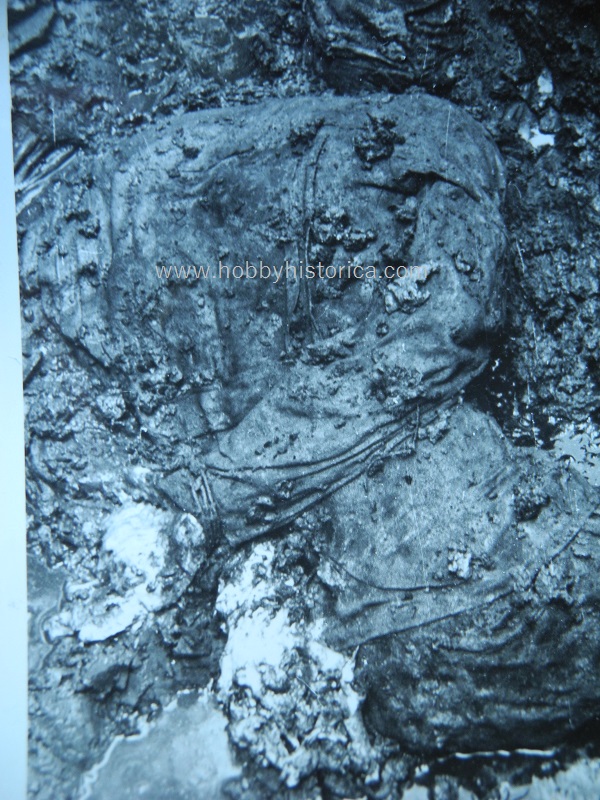
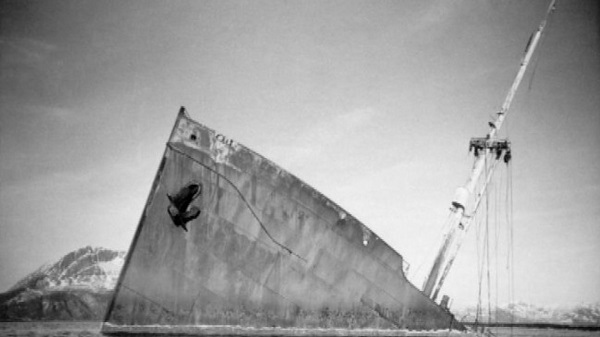
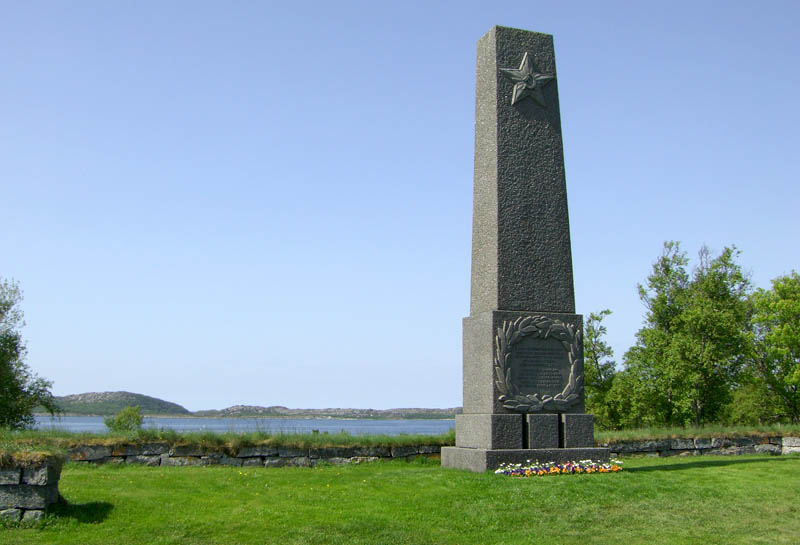
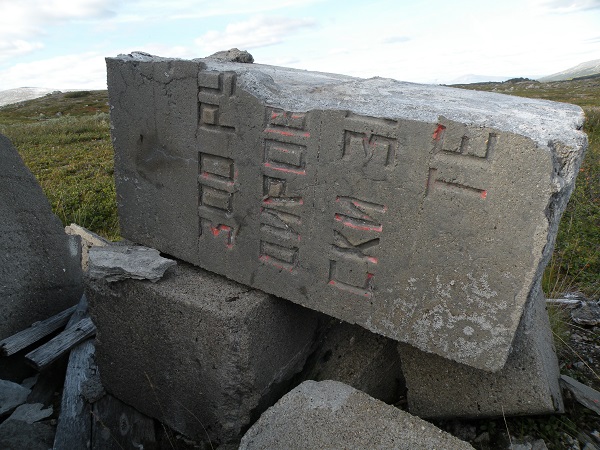
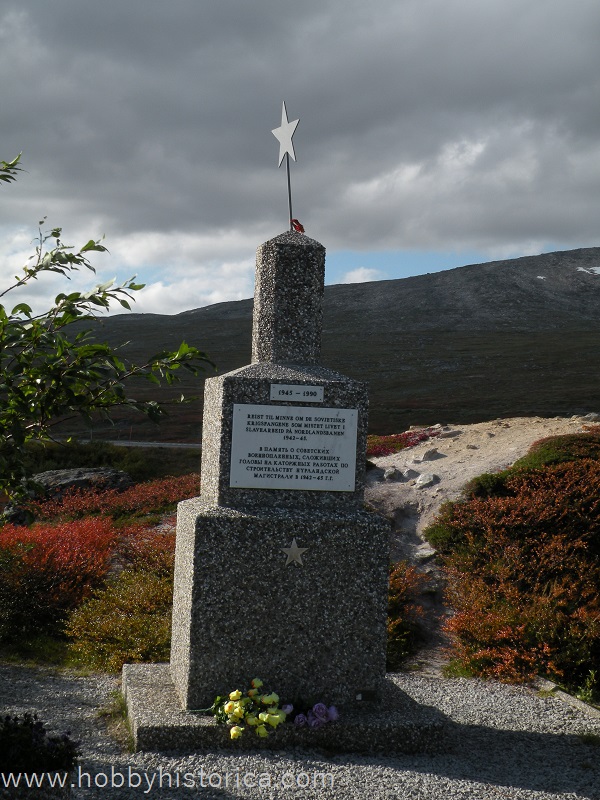
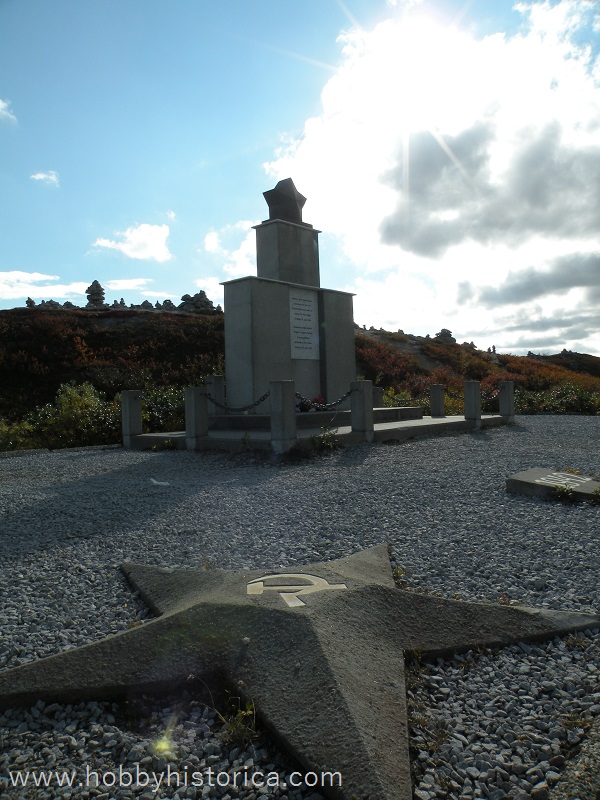
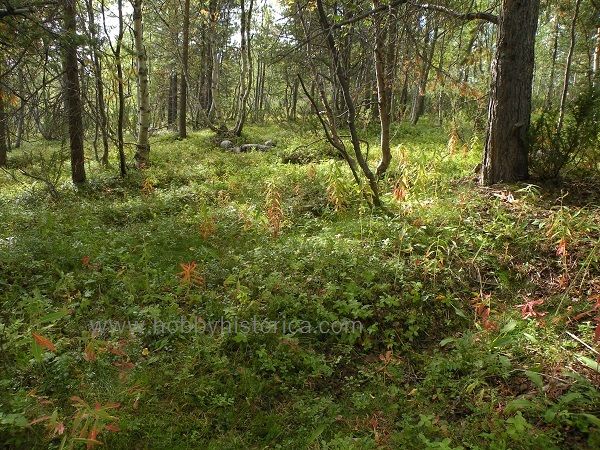
 RSS Feed
RSS Feed